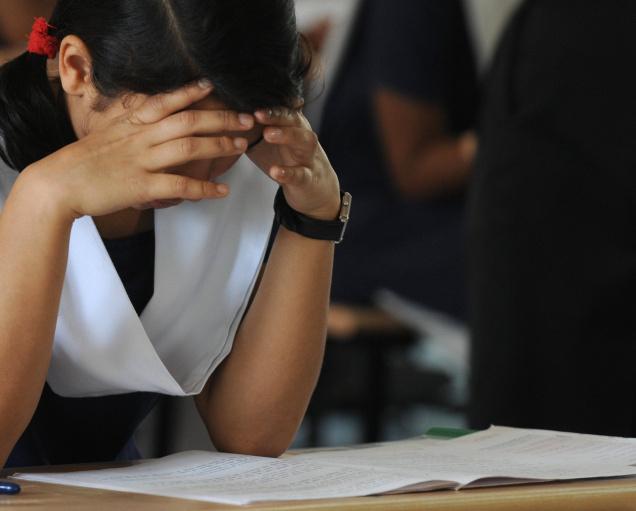Depression in children and adolescents is a significant issue for schools. Research has indicated that most students who see mental health professionals do so within the school setting, indicating a need for effective school-based programs to address mental health issues in the schools. The symptoms of depression and short and long term effects are reviewed. The need for, and necessary components of, a comprehensive mental health system in the school setting is discussed.
The signs and symptoms of depression are different from “normal” adolescent moodiness in several ways. A moody teenager may experience levels of sadness and irritability. However, a teenager experiencing depression will experience these feelings for prolonged amounts of time. In addition, the depressed teen’s sadness and irritability will significantly impact the young person’s ability to function. Depressed teens may experience a number of symptoms including relentless sadness and irritability; loss of interest in activities; social withdrawal; changes in appetite, sleeping patterns and activity levels; feelings of worthlessness; difficulty concentrating; substance abuse; and in some cases thoughts of suicide or death, suicide attempts, or completed suicide. These teens also experience more coexisting emotional and behaviour problems than do nondepressed teens. Depressed students of any age may display depressive and negative thinking about their school performance, meaning that they have pessimistic views of their abilities to produce quality work. This negative thinking can lead to students who are capable of doing their schoolwork presenting with “won’t do” tendencies. In response to negative feelings about their abilities, including their schoolwork, depressed teens may refuse to complete work.
How teachers can help in muddling through Depression amongst Children’s
- Offer support and encouragement. Help students with depression feel welcome and included. Let them know you’re available to help. Encourage their strengths and their interests. Look for opportunities for them to succeed in the classroom. Let them know you see their efforts — even the small steps.
- Give extra time to complete assignments. Offer extra help. Consider having students work with a supportive peer to work on assignments or to study for tests.
- Make physical activities a part of your daily classroom routine. This can help ease mild depression symptoms. It can energize all of your other students, too.
- Make brief mindfulness practices a part of everyday instruction. At random or scheduled times, invite your class, “Let’s all pause and take a few slow, calm breaths.” This helps students learn and practice this simple but effective self-calming skill.
- Use trauma-informed education approaches. Create and maintain an environment where every student can feel a sense of safety and inclusion. This helps every student thrive.
CONCLUSION
Depression can impact many aspects of students’ performance at school, including both academic achievement and social relationships. Students with depression not only benefit from mental health services but can greatly benefit from support by caring adults in their school settings. Understanding, patience, knowledge of the nature and course of depression, a desire to be helpful, and a commitment to improving outcomes can be major factors in helping these students to succeed in school.

